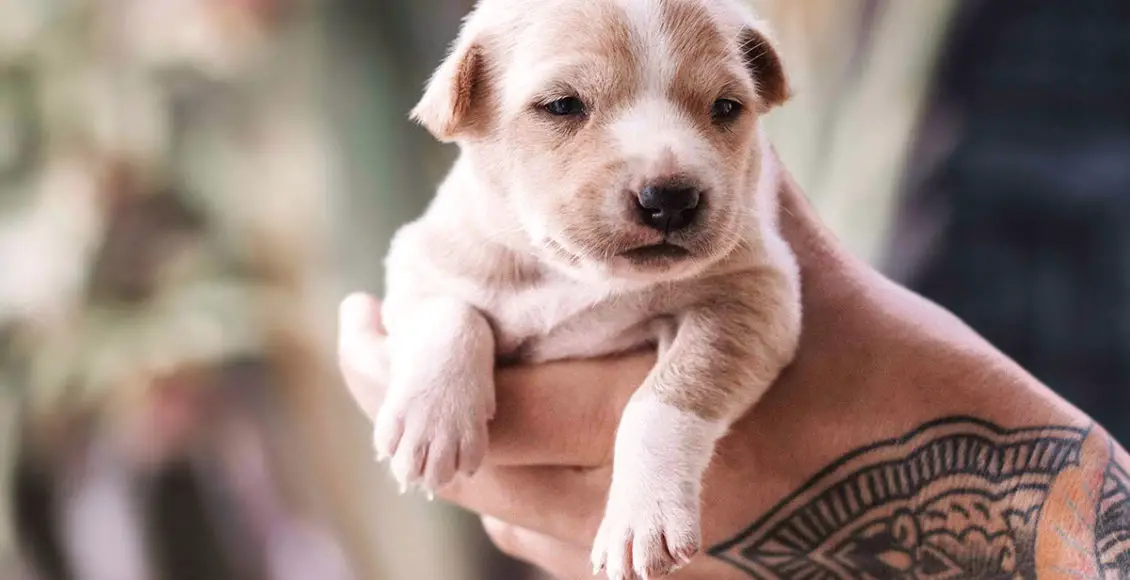Have you ever experienced the reaction of wanting to hug a cute, little animal so tightly you might just crush it?
Or have you ever just had to pinch a baby’s cheeks a little bit too much because of how stinkin’ adorable it is?
If you have you certainly are not the only one. Plenty of us have had this reaction when it comes to particularly lovely little creatures. However, we do not intend any real harm, of course, so why is this occurrence then described as ‘cute aggression’?
Well, it turns out there is an evolutionary basis behind this human reaction.
What is ‘cute aggression’?
It is a phenomenon within the expertise of the field of behavioral psychology. However, Katherine Stavropoulos, assistant professor of special education at the University of California, has dug a bit deeper into the first official study (conducted by Yale University in 2015) of this occurrence.
Her main method of approaching this issue is with neuronal electrophysiology. This is, in turn, the study of the electrical properties of biological cells and tissues in the nervous system. More specifically, the surface electrical activity of the brain is taken into account as it measures the ionic current within the neurons to detect sensory stimulation. By studying that activity, she then evaluates neural reactions to a variety of outer influences or stimulants.
Measured physical reactions, as per Yale University research, are reported to be in favor of baby animals in comparison to adult animals. Moreover, digitally enhanced, made to seem more ‘infantile’ human babies (whose cheeks were made puffier, eyes were enlarged, etc.) were responded to in a more ‘overwhelmed’ manner in contrast to unenhanced human babies.
The Hypothesis and Experiment
The key concept behind her research was to expand on the aforementioned research and establish whether a neural factor is present in regards to the ‘popular’ human response. Simply put, would there be respective brain activity in combination with the physical impulse of “wanting to squeeze, crush, or even bite” the ‘adorable’ creature?
Her main hypothesis was, therefore: ‘Cute aggression’ can be measured and is related to two ‘systems’ of the brain:
- The ‘reward system’ which processes motivation, pleasure, as well as the feeling of desire or ‘want’.
- The emotion system which is quite logically connected to emotional processing.
Hence, the experiment consisted of 54 participants, aged 18-40, being asked a series of questions while wearing electrode caps. Those questions were based on viewing blocks of pictures which were, thus, split into four categories:
- Cute (enhanced) babies
- Less cute (non-enhanced) babies
- Cute (baby) animals
- Less cute (adult) animals
After seeing each category, the participants were then presented with different statements and were asked to reveal to what extent they agree with said statements (on the scale of 1 to 10).
This study was designed to measure:
- The levels of ‘appraisal’ or in other words how cute each block of photographs is according to the participants.
- The amount of cute aggression they experience.
- How overwhelmed they felt by the pictures.
- And lastly, whether or not they would take care of or protect what they saw in the photographs.
With the use of electrophysiology, brain activity before, during, and after viewing the different categories of images was also evaluated.
The Results:
According to the neural activity in those participants who experienced ‘cute aggression’, it was evidenced that both the reward and emotion system are involved in this phenomenon (which was, in fact, the original hypothesis).
Moreover, another result of the study concluded that: how cute something is deemed, as well as the level of cute aggression experienced is connected to how overwhelmed the person is feeling.
Stavropoulos argued:
“Essentially, for people who tend to experience the feeling of ‘not being able to take how cute something is,’ cute aggression happens. Our study seems to underscore the idea that cute aggression is the brain’s way of ‘bringing us back down’ by mediating our feelings of being overwhelmed.”
Therefore, Stavropoulos regards to this ‘mediating’ response as an evolutionary adaptation. It is considered a tempering mechanism which allows people to function, enabling them to continue taking care of beings they find particularly adorable.
“For example, if you find yourself incapacitated by how cute a baby is — so much so that you simply can’t take care of it — that baby is going to starve,” Stavropoulos added.
In conclusion, one could say we are ‘wired’ to have this reaction in order to make it possible for humans to provide for the little creatures (who happen to also be very cute). I personally have never thought about it, nevertheless in such a science-based way.
So, please share your thoughts and opinions in the comment section below!


